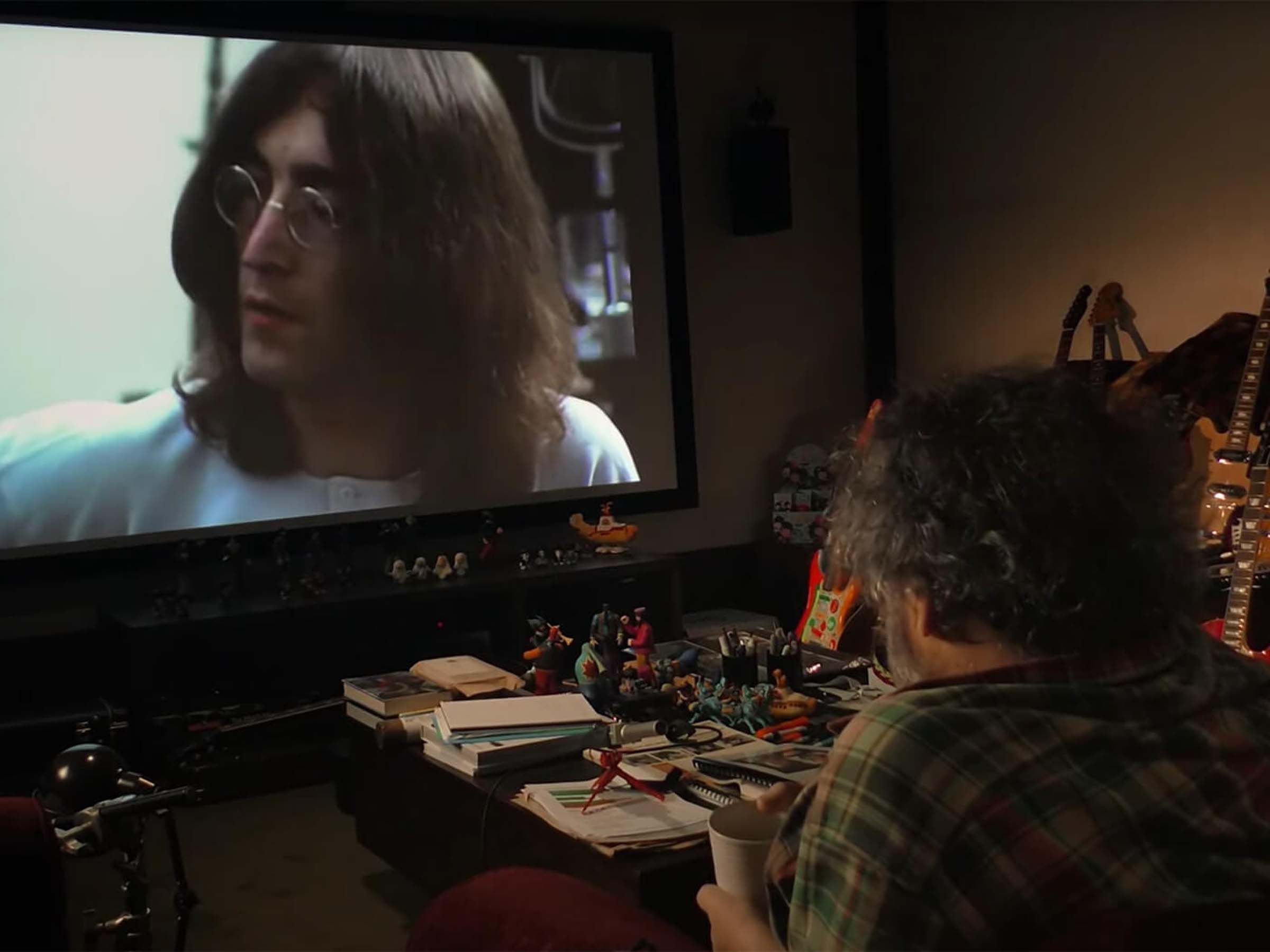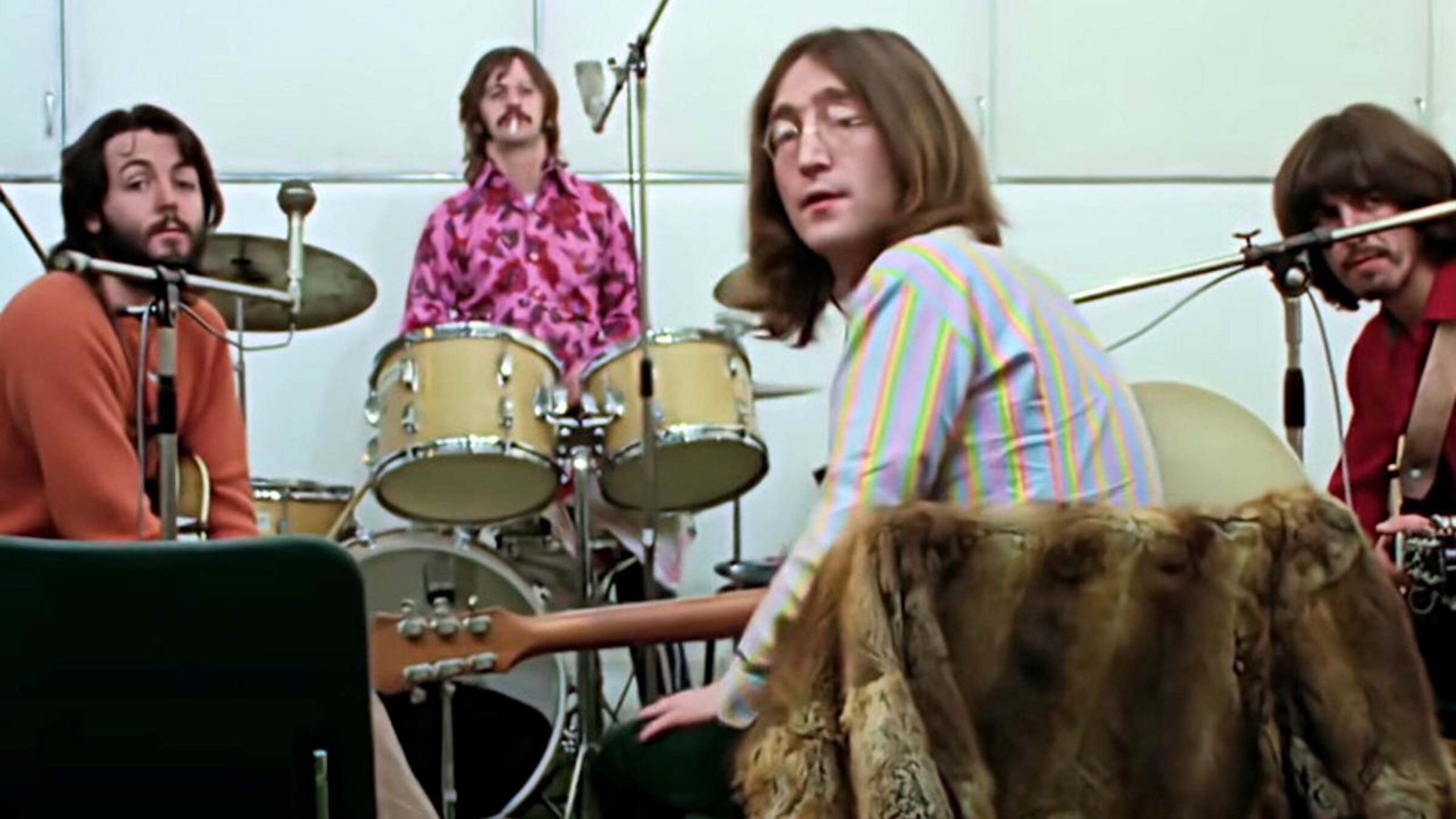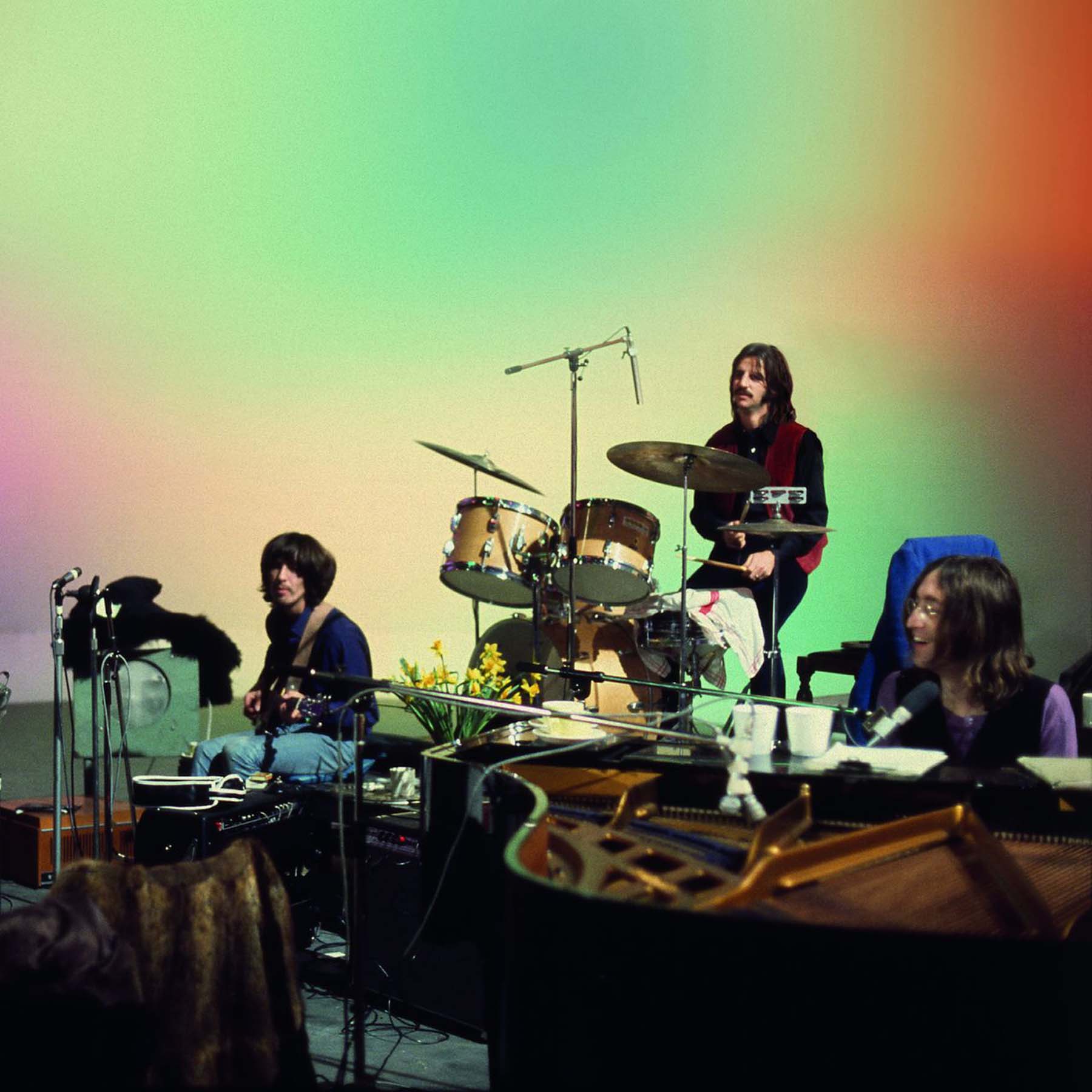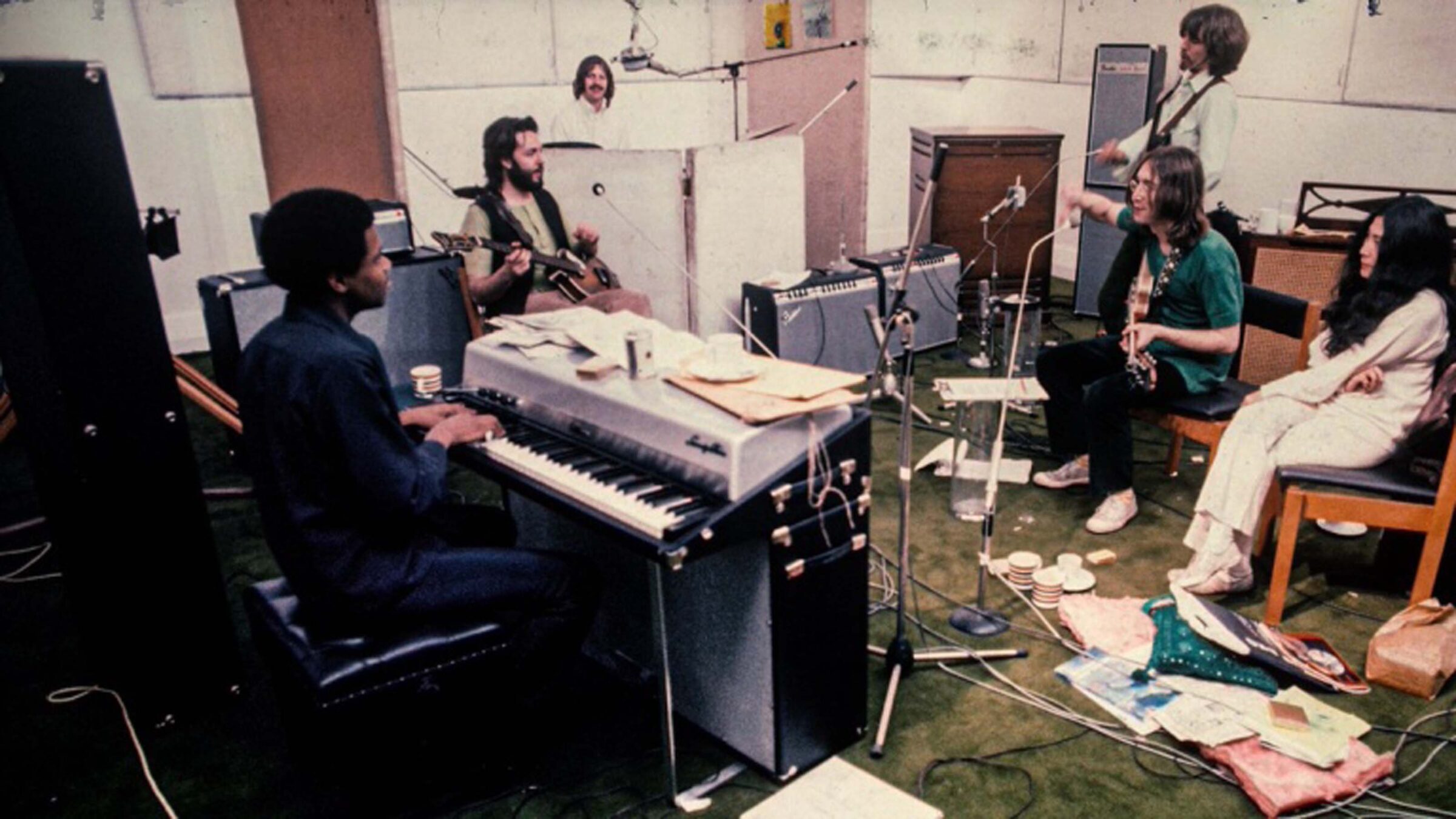(YELLOWSTONE FILM RANCH/RENEGADE ENTERTAINMENT/RLJ ENTERTAINMENT (127 minutes; Unrated); 2022)

If you’ve spent any time here at all, you probably know that I’m a sucker for Westerns – movies (RUSTLERS’ RHAPSODY being my favorite), television series (HAVE GUN – WILL TRAVEL does it for me), comic books, novels and non-fiction. Anything at all that could be deemed a “Western” is pretty much okay in my book. So, when the chance to review a new flick called MURDER AT YELLOWSTONE CITY hit my email, I jumped on it. I was not disappointed!

In the opening sequence, there are a few of the familiar “Western” tropes to set the mood and the scene for the rest of the film. There is, of course, the appearance of a stranger in town… a quiet, observant, somewhat moody stranger who quotes Shakespeare. As this stranger (played with brooding intensity by Isaiah Mustafa) approaches Yellowstone City, Montana, he is stopped dead in his tracks (well… his horse’s tracks) by an explosion. That explosion turns out to be a nightmare for the stranger: One Robert Dunnigan (Zach McGowan in a small but integral role, though he does appear more after his death than before) was blowing open a long-closed gold mine and, hitting the mother lode, begins making tracks to his shack in the woods. His ramshackle abode was merely a stopping off place so he could tell his wife, Emma (Scottie Thompson), that he found gold and he was heading to town.

In town, the preacher, Thaddeus Murphy (Thomas Jane), rings the bell for the Sunday morning call-to-worship. Sheriff James Ambrose (Gabriel Bryne), looking for his son (Nat Wolff), finds him in the saloon (which, apparently, is also the town hotel, brothel and bathhouse). With the help of one of the working women, Isabel (Aimee Garcia), Ambrose rousts Jimmy from a hand of poker and into the church. Shortly after, the stranger rides into town, eyed by every person not inside the house of worship. Looking for a room, he is directed to the saloon, where he recites Shakespeare with one of the saloon owners, Edgar (Richard Dreyfuss), who tells him to be careful because the townfolk don’t understand anything but plain and simple. Inside the church, Pastor Murphy is just beginning his sermon as Mister Dunnigan rides into town, guns blazing, yelling that he’s struck it rich. After buying almost the entire town a round and offering the men jobs at his mine, he heads upstairs for a roll with his favorite girl, Isabel. All the while, the stranger sits in a corner alone, taking everything in. When one of the men demands payment for a past gambling debt, it looks like Robert Dunnigan’s celebration may be short-lived and the stranger’s hand automatically goes to his holster. Cooler heads (and the sheriff’s gun pointed between the gambler’s eyes) prevail and the party continues. Headed home after a hard day’s drinking and carousing, someone takes a potshot at Dunnigan, shooting his horse out from under him; obviously in fear of losing his gold, Dunnigan keeps a rapid-fire string of questions, pleas and bargaining opportunities aimed at his attacker while unloading both of his pistols in the general direction of where the shots came from. Of course, all of this shouting makes it that much easier for his assailant to find him in the dark. Taking aim, the shooter hits poor Robert in the back but, just to make sure he’s done the job, he slits his throat for good measure. Now, once his body is found, the sheriff and his deputies are certain of the killer. I mean, there’s only one new man in town so… it must be him, right? And, of course, the stranger’s refusal to speak and the fact that he had money only added to Sheriff Ambrose’s belief that he had his man.

Amidst all of the death and brutality (and there is a LOT!), there are some truly sweet moments in MURDER AT YELLOWSTONE CITY. These mostly involve Pastor Murphy’s wife, Alice (Anna Camp), a woman who takes the “ministering” aspect of Christianity to heart, holding Bible studies with the women of Yellowstone City (including the “working” women of the brothel, holding the meetings at their place of business), visiting the sick and, of course, the stranger in his cell. Another pure soul, Violet Running Horse (Tanaya Beatty), was orphaned when a band of white men burned her family’s village and killed everyone in it; Edgar and his partner, Mickey (John Ales), looking for a better life out west, found the child when they happened upon the carnage, nursed her back to health and raised her. Violet operates the livery stables and is the first person the (as yet nameless) stranger meets. After a short exchange regarding the talismans hanging from the man’s saddle and, naturally, the length of his stay in town, the care of his horse and belongings, as well as where he can get a drink and a room. As mentioned earlier, she points him in the direction of the hotel/saloon. All of this obviously takes place right after Dunnigan disrupts the quiet Sunday morning. The next night, Robert Dunnigan is dead and the stranger is arrested. Violet realizes that he could not have killed Dunnigan because his horse and saddle had not been touched since he left them in her care; unimpressed, Sheriff Ambrose thanks her for the information but tells her that there are other ways for a man to get out of town.

Aside from Edgar, the next person the stranger speaks to is Alice Murphy. The preacher’s wife, after having told her husband that he may be good at sermonizing but not at ministering, was there to minister to a soul in need. Alice asks the man his name. “Cicero,” is his reply. “Cicero? Like the philosopher?” Cicero explains that it is the name of a character in a play who delivers a speech that he dreams of reciting. He also tells Alice that, as a former slave, he has no family and no family name… he raised himself. The preacher’s wife is the moral compass in Yellowstone City, gently prodding her husband to do the right thing. The same morning that she tells him that she’s going to visit the prisoner, a gunshot rings out. It’s one of Isabel’s (yes… THAT Isabel) charges, an orphan girl named Josephine (or Josie, played by newcomer Isabella Ruby) shooting at cans in the cemetery. Thaddeus says, “It’s Josephine. You know, she could use a little ministering, too.” With a smile and a laugh, Alice tells him “What she could use is a father or… someone like that she could look up to.” Getting the point, the good parson heads out to the graveyard:
“You shouldn’t be shootin’ at graves.”
“Ain’t like I’m hittin’ it.”
“You’re tryin’ too hard… you’re waiting for the gunfire. It’s not about the violence.”
“It is violent. It’s a rifle.”
As the preacher tells her to relax and helps her adjust how she’s holding, aiming and firing the weapon, Josie asks, “What do you know about guns?” A question that will be answered later in the film. As she takes aim once more, she actually hits the headstone where she placed her target. “Ain’t there somewhere better around here we can shoot?”
“That man killed my father.”
“Go ahead then.” The next shot hits the can. “Let’s set ‘em up.” It’s one of the sweet moments that make MURDER AT YELLOWSTONE CITY more than your typical Western or “who done it” murder mysteries. The young Miss Ruby has several career-making scenes and Josephine proves to be much more than the Bible quoting young lady we first meet. During the forty minute shootout that ends the story proper, she is wounded and does quite a bit of damage herself.

Throughout the film, the body count continues to rise… and unfortunately, for the prisoner, the night of the second murder (more throat slitting), the deputy in charge of watching over him is otherwise occupied with one of the ladies from the saloon and, thus occupied, doesn’t hear someone come in and unlock the cell door, allowing the prisoner to “escape.” Of course, sensing that he was being railroaded and, more than likely, headed to the gallows, he took the opportunity to get out of Yellowstone.

Dunnigan continues to appear, first stinking up the church before his burial and later, after being disinterred by Murphy, as what could be considered the first case of forensic exploration ever performed; the preacher is now certain that Cicero could not have been Dunnigan’s murderer because the bullet he retrieved from the corpse was not fired from the kind of gun that the stranger uses. Things pick up considerably from that point leading to the already mentioned gunfight. As this is just as much a murder mystery as it is a straight Western, I don’t want to give too much away so… just let me say that MURDER AT YELLOWSTONE CITY reminds me of one of my all-time favorite movies – Western or otherwise – 1968’s FIVE CARD STUD starring Dean Martin, Robert Mitchum and Roddy McDowell. I wholeheartedly recommend this dark, engaging film. A star-filled cast doesn’t hurt its chances of reaching a wider audience than most recent Westerns have enjoyed and a strong script by Eric Belgau and deft genre-wise direction by Richard Gray makes it one of the best films of the year.














































